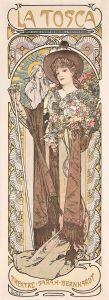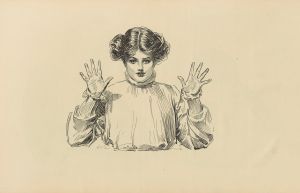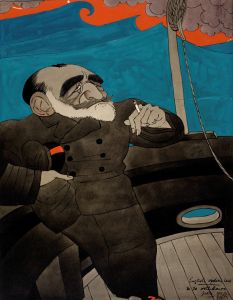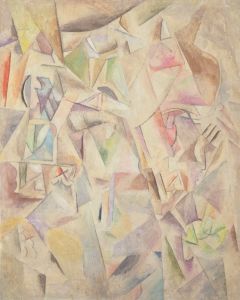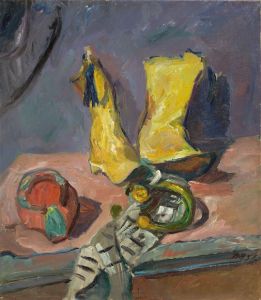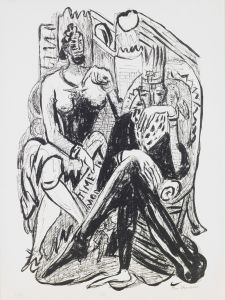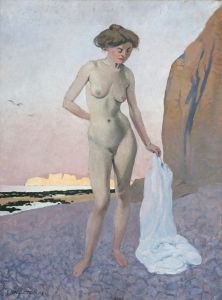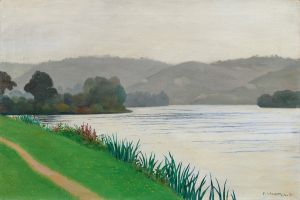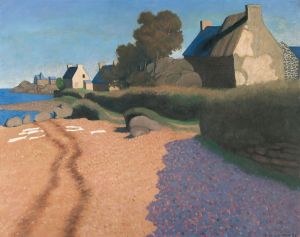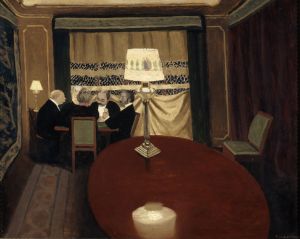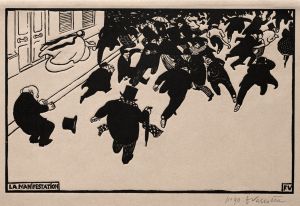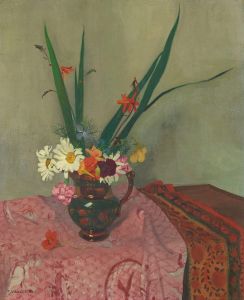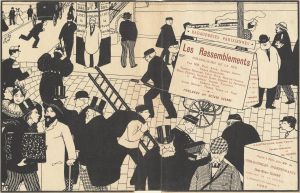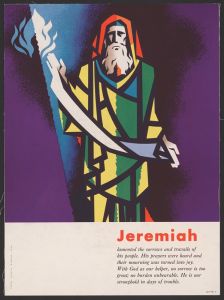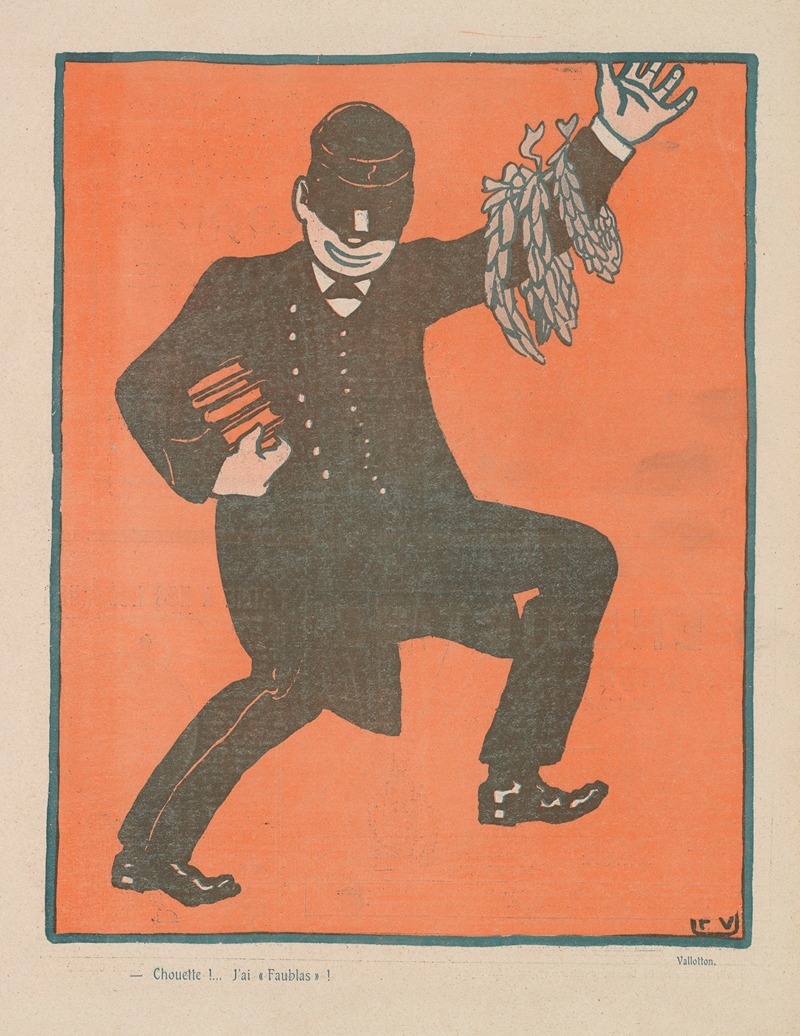
Choutte!..J’ai Faublas
A hand-painted replica of Félix Vallotton’s masterpiece Choutte!..J’ai Faublas, meticulously crafted by professional artists to capture the true essence of the original. Each piece is created with museum-quality canvas and rare mineral pigments, carefully painted by experienced artists with delicate brushstrokes and rich, layered colors to perfectly recreate the texture of the original artwork. Unlike machine-printed reproductions, this hand-painted version brings the painting to life, infused with the artist’s emotions and skill in every stroke. Whether for personal collection or home decoration, it instantly elevates the artistic atmosphere of any space.
Félix Vallotton was a Swiss-French painter and printmaker associated with the post-impressionist movement. He was known for his unique style that combined elements of realism and symbolism, often with a focus on the human figure and domestic scenes. Vallotton was also a member of the Nabis, a group of avant-garde artists in Paris who were influential in the transition from impressionism to modern art.
"Choutte!..J’ai Faublas" is one of Vallotton's works that reflects his interest in literature and the interplay between text and image. The title itself is a reference to "Faublas," a character from the 18th-century novel "Les Aventures du Chevalier de Faublas" by Jean-Baptiste Louvet de Couvrai. This novel was known for its adventurous and romantic themes, and it was quite popular in its time for its exploration of social and moral issues.
Vallotton's painting captures a moment that is both intimate and enigmatic, a characteristic feature of his work. His use of bold lines and flat areas of color is reminiscent of Japanese woodblock prints, which were a significant influence on many artists of his time. This style allowed Vallotton to emphasize the emotional and psychological aspects of his subjects, often creating a sense of tension or unease.
The composition of "Choutte!..J’ai Faublas" is carefully constructed to draw the viewer's attention to the interaction between the characters, as well as the setting in which they are placed. Vallotton's attention to detail and his ability to convey complex narratives through seemingly simple scenes are evident in this work. The painting may also reflect Vallotton's interest in the themes of identity and disguise, which are prevalent in the "Faublas" novels.
Vallotton's works often contain an element of irony or satire, and "Choutte!..J’ai Faublas" is no exception. The title itself, with its exclamation of "Choutte!" (an expression of surprise or excitement), suggests a moment of revelation or discovery, which is a recurring motif in Vallotton's art. His ability to capture such moments with a sense of ambiguity and depth is part of what makes his work enduringly fascinating.
Throughout his career, Vallotton remained committed to exploring the complexities of human relationships and the subtleties of social interaction. His paintings, including "Choutte!..J’ai Faublas," continue to be studied and appreciated for their innovative approach to composition and their insightful commentary on the human condition. Vallotton's legacy as a painter and printmaker is marked by his distinctive style and his contributions to the development of modern art.





